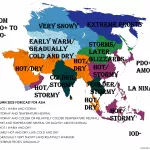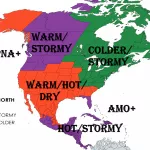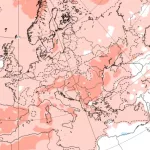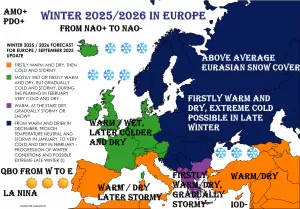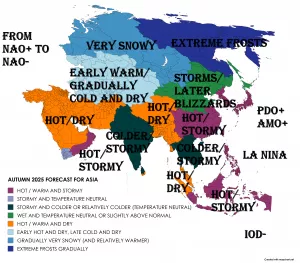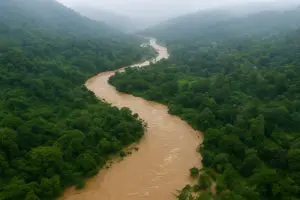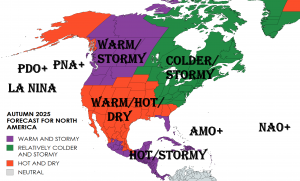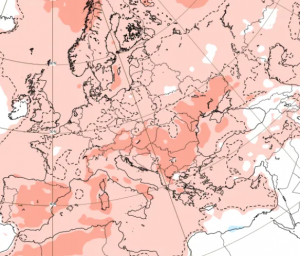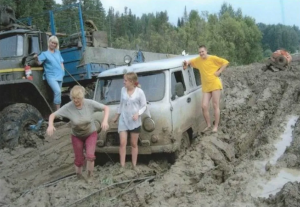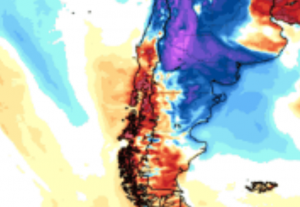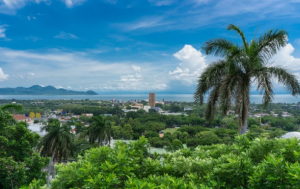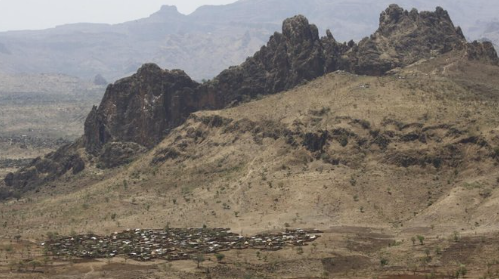
Tragedy has struck Darfur, Sudan, where a catastrophic landslide has devastated the village of Tarasin, resulting in over 1,000 confirmed fatalities. The disaster has wiped out much of the community, leaving hundreds missing, homes destroyed, and critical infrastructure buried under tons of mud and debris.
The landslide occurred following intense and prolonged rainfall in the region, which saturated the soil and destabilized hillsides, triggering the sudden and violent collapse of terrain into the village below. Eyewitnesses describe a tsunami of mud and rocks engulfing homes and roads in moments, leaving rescue operations extremely challenging.
Emergency responders face immense difficulties, as debris, damaged roads, and continuing rainfall hamper access to the affected area. Humanitarian organizations are mobilizing to provide medical aid, shelter, food, and water, but the scale of the disaster is overwhelming. The death toll is expected to rise further as search-and-rescue teams work to locate survivors buried under mud and rubble.
This event underscores the severe risks of landslides in vulnerable regions, particularly in areas with deforestation, unstable slopes, and heavy seasonal rains. Tarasin Village, like many communities in Darfur, is highly exposed to climate-driven hazards, and this tragedy highlights the growing humanitarian impact of extreme weather events in Africa.
In summary, the Tarasin landslide in Darfur, Sudan is a historic and devastating disaster, with over 1,000 killed, widespread destruction, and hundreds more missing. Immediate relief and long-term recovery efforts will be critical to support survivors and rebuild the community, while the incident serves as a stark reminder of the deadly potential of extreme rainfall events and unstable terrain.

Ilustration picture. Source – France 24 English X


